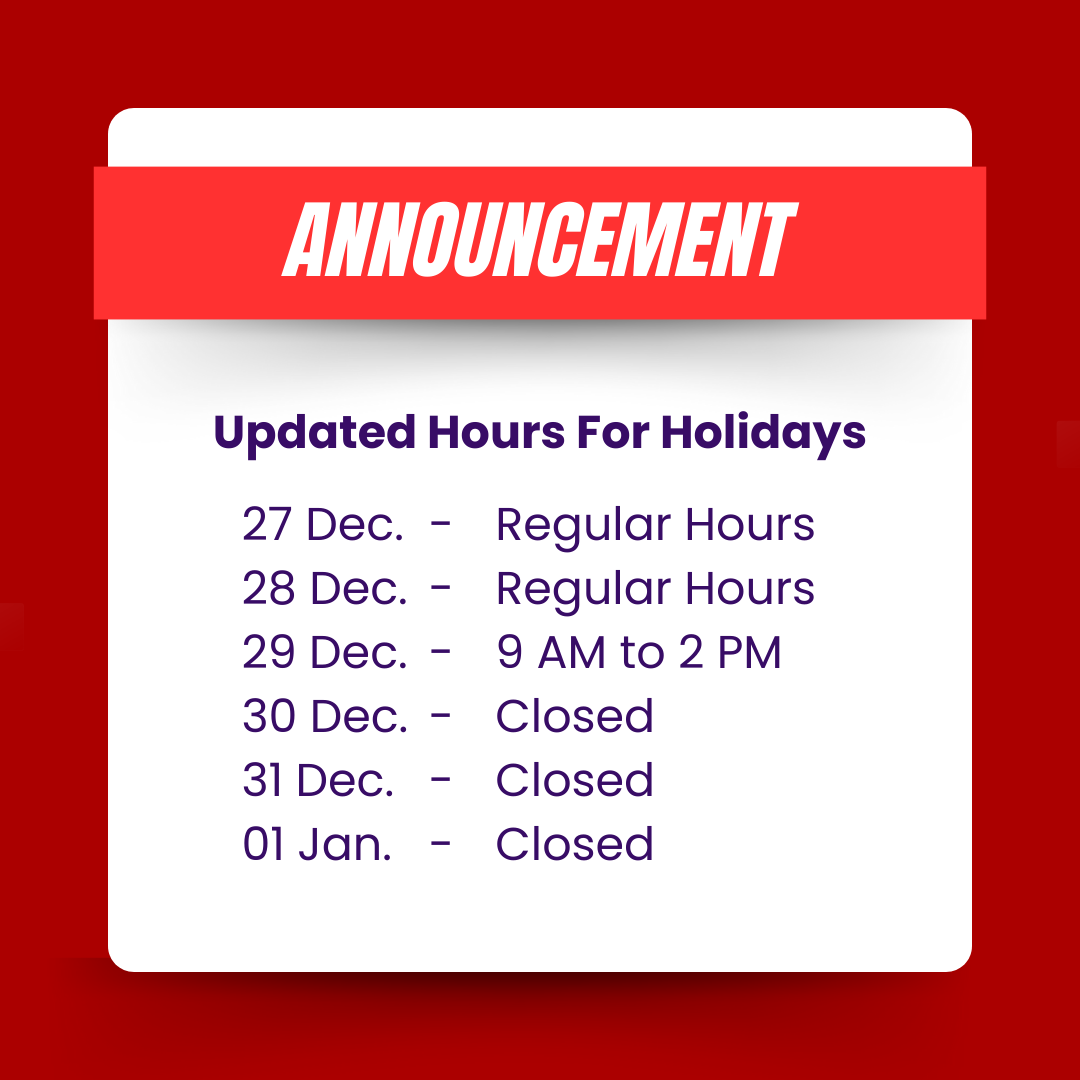Your home may suffer throughout the winter. Fall is the ideal time to prepare your home for the harshest months in order to prevent damage that could result in home insurance claims. These are 15 important precautionary steps you may follow to preserve your Home:
- Look for potential water damage entry points in your home. It is significant to know that insurance does not cover water damage that occurs gradually.
- Clear the drains and gutters. Make sure your home’s drains and downspouts are not blocked and clean up the gutters of leaves and other debris.
- Shut off the water supply to the outside faucets. Before it gets below freezing, hoses should also be stored for the winter.
- Examine your pipes. This is crucial if your house is older or if you detect a drop in water pressure. Look for any outside pipes that are readily apparent and consider insulating them.
- Check the backup valves or the sump pump. A good time to check that everything is in functioning order is in the fall.
- Check your roof for any potential issues. Winter storms may harm roofs. Spend some time checking your roof for loose shingles and other potential issues during the warmer autumn months. Winter is a difficult time for repairs, even while your insurance probably covers damage from storms, and keep in mind that you probably would still have to pay a deductible on a claim.
- Check the outside for any potential rodent access locations. Rodents and other animals are compelled by the cold to look for warmth and cover. Look for any holes or cracks in the foundation or exterior walls of your house. Additionally, make sure that any vents have screens to prevent animals from entering your house. Rodent damage is not covered by insurance, and smaller animals just need a little hole to enter your property.
- Cut and tidy up your yard. Rodents and insects might build the ideal nests on your lawn if you leave long grass and mounds of leaves. Reduce the height of your mower’s blade the last time you mow your lawn before winter so the cut is shorter.
- Trim the tree branches that droop over structures. Consider trimming down any tree branches that dangle over your roof, walkways, living spaces, or driveway to prevent tree insurance claims. Before taking down a neighbor’s tree, obtain their permission first if it is their property. Get in touch with a specialist if branches are close to power lines. Never try to cut them yourself.
- Patio furniture should be secured or stored. It’s a fantastic idea to check your outside furniture and other objects in the autumn to make sure they won’t blow away in a storm and harm your property.
- Make sure the paths are safe and clear. By making sure there are no trip hazards on walkways, stones, patios, and decks, you can reduce your chance of slipping and falling during winter. Make sure any doors have a clear, safe path leading to them as well. If it gets below freezing, get some salt or ice Melter to apply on walkways.
- Examine the external lights. Well-lit residences are less likely to be targeted by burglars, and nighttime pedestrian accidents are also reduced thanks to lighting.
- Examine your fireplace, chimney, and furnace as sources of heat. Before an issue arises in the cooler months, autumn is a wonderful time to get your furnace, chimney, or fireplace inspected. Additionally, change the furnace filter.
- Make your home fireproof. The best time of year for fires is winter. Reduce the danger by testing smoke alarms frequently, keeping fire extinguishers close by, and using candles very carefully. Candles should never be left burning unattended, and they should always be kept away from flammable objects. Additionally, look for any lint in your vents that could start a fire.
- Make sure the carbon monoxide detectors in your home are functional. Replace the batteries and check the detectors’ functionality.
Feel free to contact one of our registered insurance brokers at 866-358-2860.







